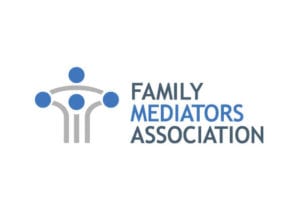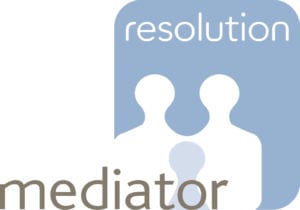It is important to be aware that the document setting out the clients’ mutually acceptable proposals, which is called a Memorandum of Understanding, is a highly confidential document. It is not a formal legal document. In most cases clients will take the Memorandum of Understanding to their respective solicitors so that they can have the benefit of legal advice in respect of the agreed proposals and then have those proposals drawn up into a legally binding document. This can take several forms and the forms will depend on the clients’ needs.
Clients are encouraged to get legal advice at appropriate points during the mediation process as this can help them negotiate successfully and to be aware of their position under the law.
When mediation is successfully resolved, the clients decide, with the help of the Mediators and any legal advisors who are consulted, what the next steps may be.
Generally these are the options:
- To take the matter no further;
- To instruct solicitors to exchange letters confirming the agreed proposals;
- To instruct solicitors to draw up a legally binding agreement;
- To instruct solicitors to draw up the necessary papers so that a judge can be invited to make a consent order of the court. When the issues are concerned with finance and property, generally speaking a consent order of the court is the best way to ensure that the parties’ intentions are made binding.


